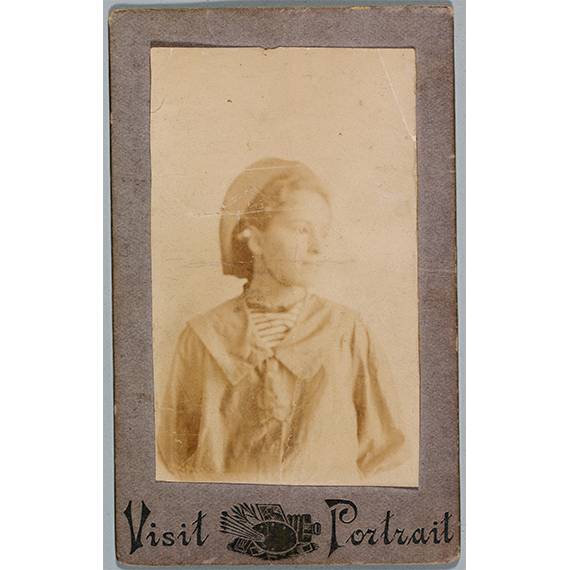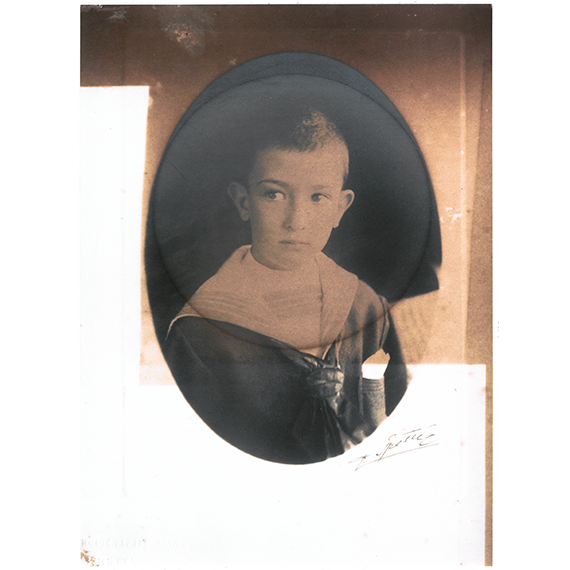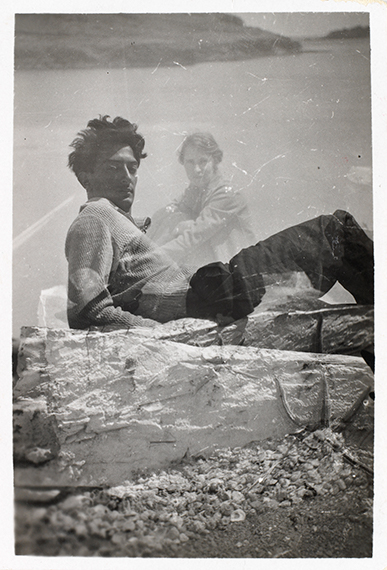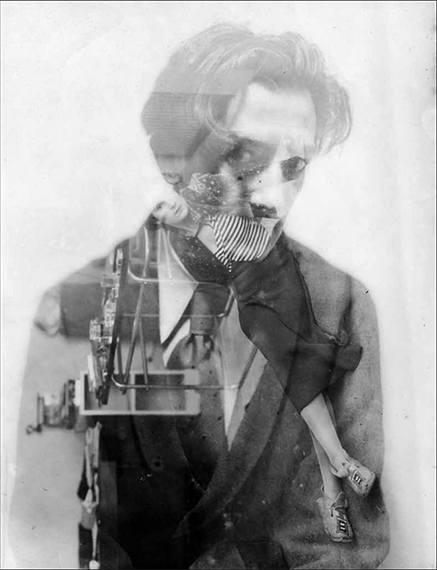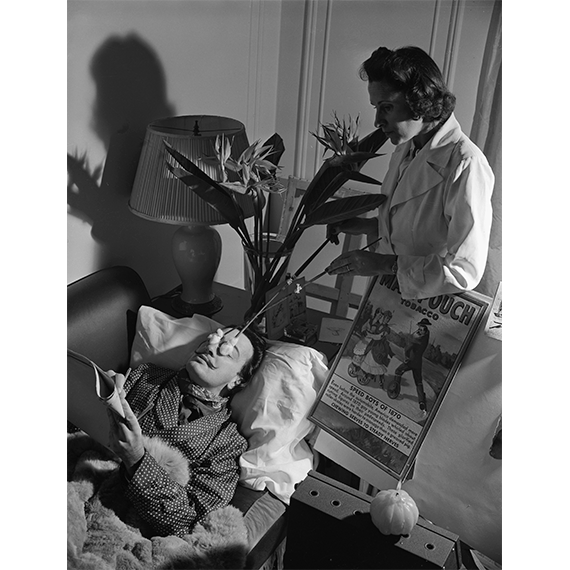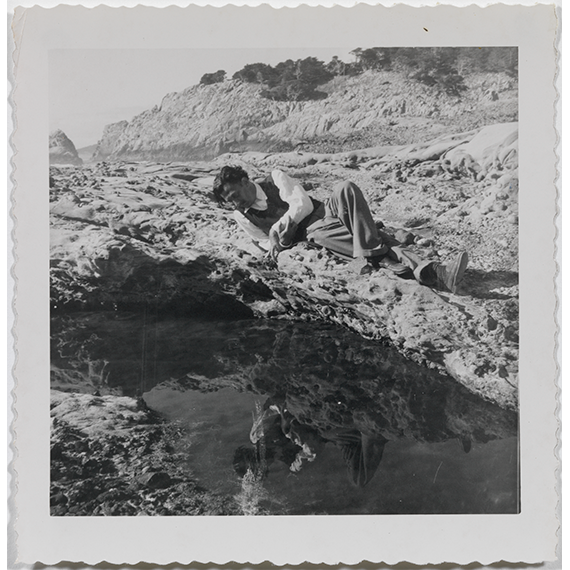The Exhibition
Mirall, the Catalan word for ‘mirror’, from the Latin mīracŭlum, ‘wonder, marvel, amazing event’ (deriving from mīrus ‘wonderful, astonishing’).
The images inhabited by Gala and Salvador Dalí never fail to fascinate whoever looks at them. In this exhibition, the journey through the lives of the artist and the muse brings to light thought-provoking connections between the photographs that immortalize them. We thus find ourselves in a kind of game of mirrors which invites us to transcend the world of appearances and engage with and challenge the collective memory.
This exhibition is curated by Rosa M. Maurell and Bea Crespo with the scientific direction of Montse Aguer, Director of the Dalí Museums.
True Childhood Memories
In his autobiography, The Secret Life of Salvador Dalí, the artist affirms that the same image of a female figure has repeated itself throughout his life, and this image was ultimately to correspond with that of his wife, muse and collaborator, Gala Diakonova. Dalí first dreamt of her long before he met her, when he was a young boy. In this section, the portraits from the childhood and adolescence of our two subjects reveal astonishing analogies, due in part to the conventions of the time and photography.
Oneiric dance
At the end of the 1920s, Salvador Dalí’s artistic career and personal life were irrevocably drawn towards the Surrealist movement, which – strongly influenced by the theories of Sigmund Freud – advocated the direct manifestation of the subconscious as the most powerful and authentic form of creative expression; hence their interest in automatism, understood as a kind of magical creation dictated by the unconscious. Photography, as a means of mechanical reproduction, occupied a singular place within the Surrealist movement and its use was omnipresent in the whole range of the group’s activities.
The myth of Narcissus
The arrival of Gala in Salvador Dalí’s life effectively shattered the mirror of appearances to which Dalí-Narcissus, in love with himself, had been condemned. From this point on Dalí looked at himself in Gala, recognizing himself in her as she recognized herself in him. The two engaged in a mutually mirroring, narcissistic relationship, seeking to discover their own surprising image of themselves in the other. This search for identity also involved the construction of the self-image, and in this process, photography was to play a fundamental role.
Automatic self-portraits
In the photo booth, sheltered by the curtain, Gala and Salvador Dalí performed themselves, playing with and dodging around identity, and, between the flashes, they revealed glimpses of the truth. The double-exposure prints of the couple, at first a chance occurrence and subsequently a favourite caprice, also expose an inescapable reality: Gala and Salvador Dalí make up a third persona which at once includes them and transcends them.
Metamorphosis
Gala and Salvador Dalí have always been seen as the enigmatic muse and the genial artist, roles that both performed to perfection throughout their life together. But what happens when a photograph confronts us with a Gala actively committed to Dalí’s creative process? Or when other photos give us the image of Dalí as a model for his own work? It seems that the personal and creative relationship that unites the two is more complex and richer in nuances than conventional historiography has told us.
Video
Púbol Castle is thus a highly significant place in the Dalinian creation: it is a continuation of Portlligat with a personality of its own. It is Dalí’s gift to his wife Gala, to whom he took an oath of allegiance, and to which he could not gain access without written permission from her. For the past 22 years the castle has also been a space for our temporary exhibitions. This year, Gala/Dalí: Image and Mirror allows us to delve deeper into the lives of Gala and Salvador Dalí, before and after their decisive meeting in Cadaqués in the summer of 1929.
Catalogue "Gala/Dalí: Image and Mirror"
Texts by Montse Aguer, Director of the Dalí Museums, Rosa M. Maurell and Bea Crespo, curators of this exhibition, and Elisabet Riera, publisher and author.
The catalogue was designed by Alex Gifreu and is sponsored by “la Caixa”.
Download the Catalogue
